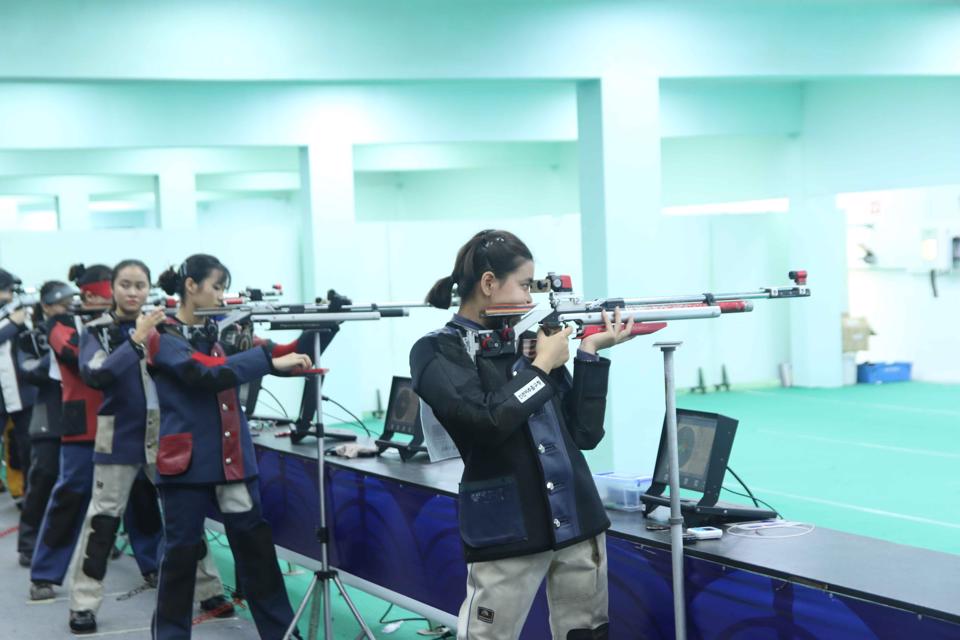The Construction Law was passed by the XIII National Assembly, at the 7th session on June 18, 2014, comprising 9 chapters with 168 articles and took effect from January 1, 2015. Compared to previous regulations, the 2014 Construction Law includes many new points that have been amended and supplemented. The following article aims to help readers understand the main content and new points in this law.

* Basic Principles in Construction Investment Activities:
Ensuring the construction investment according to planning, design, protecting the landscape, environment; suitable to the natural, social conditions, cultural characteristics of each locality; ensuring the stability of people's lives; combining economic - social development with national defense, security, and response to climate change.
Complying with standards, technical regulations, and legal provisions on the use of construction materials; ensuring the accessibility and safety of public works, high-rise buildings for disabled people, elderly people, and children; applying science and technology, utilizing the building information system in construction investment activities.
Ensuring the quality, progress, and safety of the work, human life, health, and property; fire and explosion prevention; environmental protection. Ensuring synchronized construction within each work and synchronization with technical and social infrastructure works. Ensuring publicity, transparency, thriftiness, effectiveness; preventing corruption, waste, loss, and other negatives in construction investment activities.
The new law also adds some principles in construction investment activities: Clearly demarcating the state's management function in construction investment activities from the investor’s management function according to each type of capital used. Organizations and individuals participating in construction activities must have the required competency suitable to the type of project; type, level of construction work, and tasks as stipulated in this law. Rationally using resources and materials in the project area, ensuring proper purposes, subjects, and investment construction sequences (Article 4).
* Types and Levels of Construction Works:
According to the law, construction works are categorized by type and level. The type of work is determined by its usage, including civil works, industrial works, traffic works, agricultural and rural development works, technical infrastructure works, and national defense and security works.
The level of work is determined by the type of work based on scale, purpose, importance, service life, materials used, and technical construction requirements. The levels include special, level I, level II, level III, level IV, and other levels as regulated by the Government of Vietnam.
* Amendments and Supplements to the Application of Standards and Technical Regulations:
According to the law, construction investment activities must comply with national technical regulations. Standards applied in construction investment activities are voluntary, except for standards referred to in technical regulations or other relevant legal documents. The standards applied to the work must be considered and approved by the investment decision-maker.
The application of standards must ensure: Compliance with the requirements of national technical regulations and related legal provisions. Ensuring the consistency and feasibility of the standard system applied.
The application of new technical solutions, technologies, and materials in construction investment activities must meet the requirements of national technical regulations and related legal provisions. The Ministry of Construction and the Ministry of specialized construction management are to develop the national technical standards and regulations applied to specialized construction works as stipulated in the law on standards and technical regulations (Article 6).
* Investors:
This is a new content stipulated in the Construction Law 2014. The investor is decided by the investment decision-maker before or when approving the project. Depending on the capital sources used for the project, the investor is specifically identified as follows: For projects using state budget capital and state capital outside the budget, the investor is the agency or organization assigned by the investment decision-maker to manage and use capital for construction investment. For projects using loan capital, the investor is the agency, organization, or individual borrowing capital for construction investment. For projects implemented under project contract forms, public-private partnership contracts, the investor is the project enterprise established by the investor as per legal requirements. Projects not falling under the above categories are those where the organization or individual owning the capital is the investor.
Based on the specific conditions of the project using the state budget, the investment decision-maker assigns the Project Management Board of specialized construction investments, the Project Management Board of regional construction investments to be the investor; if there is no Project Management Board, the investment decision-maker chooses an agency or organization with sufficient conditions to be the investor. The investor is responsible before the law and the investment decision-maker within the scope of their rights and obligations as per this regulation and other related legal provisions (Article 7).
(To be continued)
Source: Binh Phuoc Online
 Article table of contents
Article table of contents





.Medium.png)
.Medium.png)
.Medium.png)
.Medium.png)
